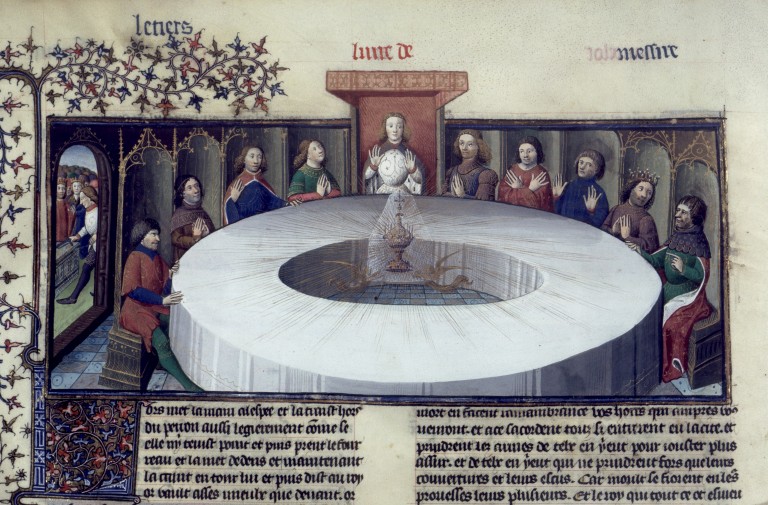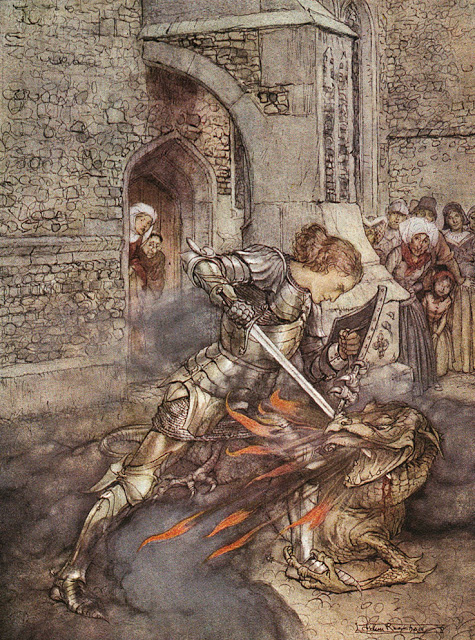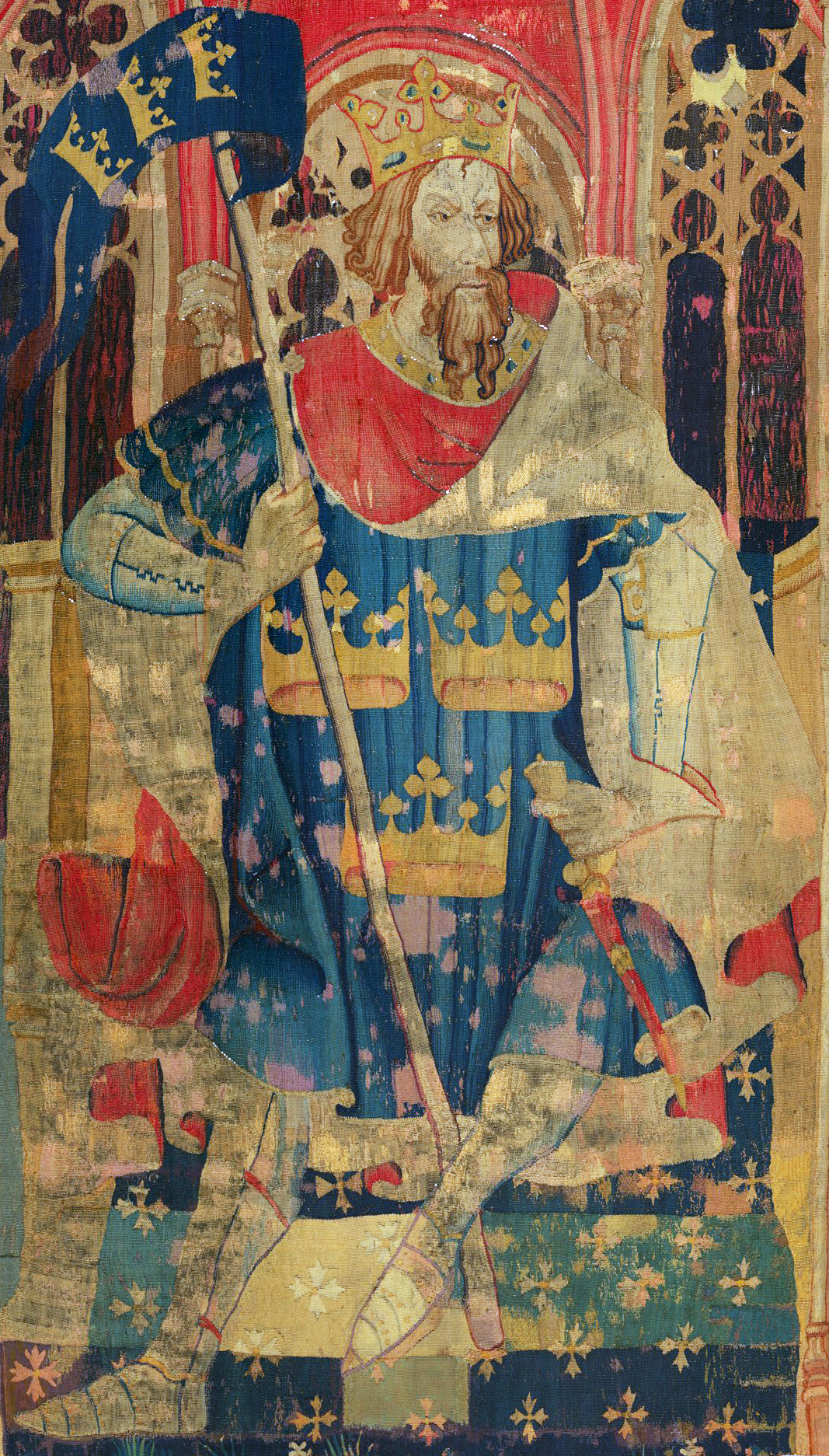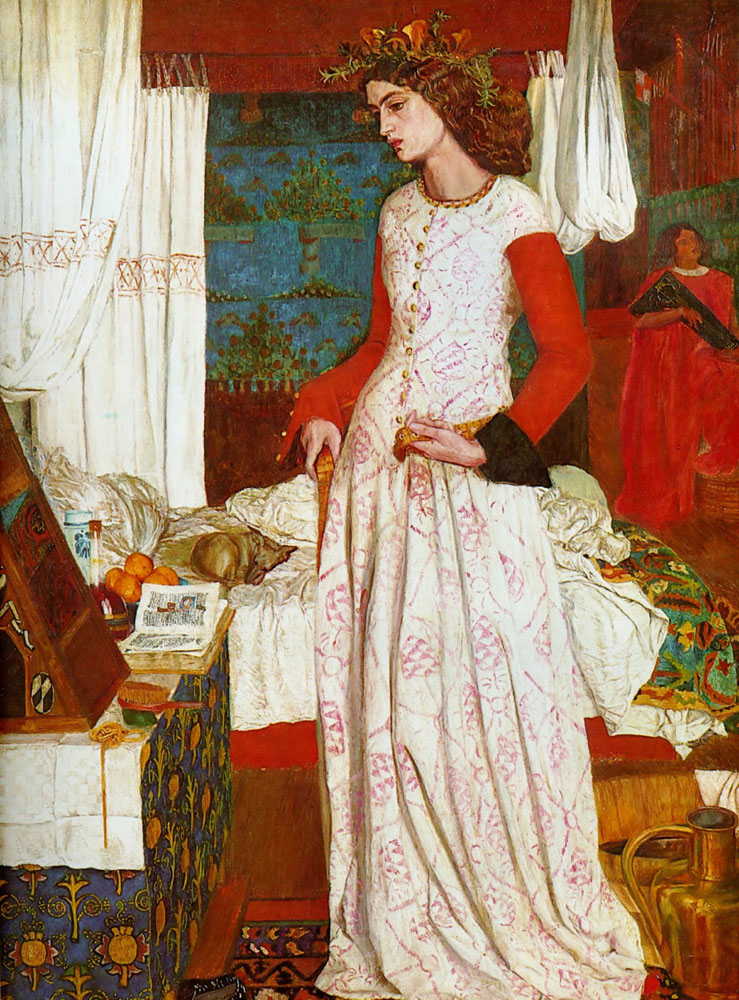|
Brunor
Brunor, Breunor, Branor or Brunoro are various forms of a name given to several different characters in the works of the Tristan tradition of Arthurian legend. They include the Knight of the Round Table known as ''Brunor/Breunor le Noir'' (French for "the Black") and his own father by the same name, as well as a few others. Brunor le Noir (Ill-Fitting Coat) Brunor le Noir (/ˈbruːnor lə nojr/ or /ˈbʁœ̃nɔʁ lə nwaʁ/) (alternatively ''Breunor'', ''Brunoro lo Nero'') is a young knight nicknamed La Cot Mal Tail '' ( Modern = "the badly cut coat") by Kay after his arrival in his murdered father's mangled armour and surcoat at King Arthur's court. He should not be confused with his father, also named Brunor the Black but better known as The Good Knight Without Fear. Brunor's adventures first appear embedded in the Prose ''Tristan''. They were then expanded Thomas Malory's compilation ''Le Morte d'Arthur'' and in the Italian romance '' La Tavola Ritonda''. Brunor la ... [...More Info...] [...Related Items...] OR: [Wikipedia] [Google] [Baidu] |
Knights Of The Round Table
The Knights of the Round Table (, , ) are the legendary knights of the fellowship of King Arthur that first appeared in the Matter of Britain literature in the mid-12th century. The Knights are a chivalric order dedicated to ensuring the peace of Arthur's kingdom following an early warring period, entrusted in later years to undergo a mystical quest for the Holy Grail. The Round Table at which they meet is a symbol of the equality of its members, who range from sovereign royals to minor nobles. The various Round Table stories present an assortment of knights from all over Great Britain and abroad, some of whom are even from outside of Europe. Their ranks often include King Arthur's family, Arthur's close and distant relatives, such as Agravain, Gaheris and Yvain, as well as his reconciled former enemies, like Galehaut, Pellinore and King Lot, Lot. Several of the most notable Knights of the Round Table, among them Bedivere, Gawain and Sir Kay, Kay, are based on older characters ... [...More Info...] [...Related Items...] OR: [Wikipedia] [Google] [Baidu] |
Round Table
The Round Table (; ; ; ) is King Arthur's famed table (furniture), table in the Arthurian legend, around which he and his knights congregate. As its name suggests, it has no head, implying that everyone who sits there has equal status, unlike conventional rectangular tables where participants order themselves according to rank. The table was first described in 1155 by Wace, who relied on previous depictions of Arthur's fabulous retinue. The symbolism of the Round Table developed over time; by the close of the 12th century, it had come to represent the chivalric order associated with Arthur's court, the Knights of the Round Table. Origins Though the Round Table is not mentioned in the earliest accounts, tales of King Arthur having a marvellous court made up of many prominent warriors are ancient. Geoffrey of Monmouth, in his ''Historia Regum Britanniae'' (composed c. 1136) says that, after establishing peace throughout Britain (place name), Britain, Arthur "increased his personal ... [...More Info...] [...Related Items...] OR: [Wikipedia] [Google] [Baidu] |
Dagonet
Dagonet (also known as ''Daguenet'', ''Daguenes'', ''Daguenez'', ''Danguenes'', and other spellings) is a Knight of the Round Table in Arthurian legend. His depictions and characterisations variously portray a foolish and cowardly knight, a violently deranged madman, to the now-iconic image of King Arthur's beloved court jester. Medieval literature His first appearance is found in the early 13th-century Vulgate Cycle. Known there variably as Daguenet the Fool (or the Coward) in the ''Vulgate Lancelot'' or Danguenes the Craven of Carlion (Caerleon) in the Vulgate ''Merlin'', he is a hapless dimwitted knight who is constantly being mocked by others. In one episode, he notably "captures" (in his mind) and actually rescues (inadvertently) the hero Lancelot by finding a horse carrying the unconscious Lancelot, and triumphantly leading it to Queen Guinevere. His portrayal as a feared and unpredictable madman in a series of short episodes within the ''Guiron le Courtois'' section ... [...More Info...] [...Related Items...] OR: [Wikipedia] [Google] [Baidu] |
Dinadan
Dinadan is a Cornish Knight of the Round Table in the Arthurian legend's chivalric romance tradition. In the Prose ''Tristan'' and its adaptations, Dinadan is a close friend of the protagonist Tristan, known for his cynical humor and pragmatism, and also for his severe anti- chivalric attitudes. In Thomas Malory's English compilation ''Le Morte d'Arthur'', Dinadan serves as a foil to Tristan in his softened portrayal, appearing in several often comedic episodes until his murder by Mordred and Agravain. Despite his relatively minor role, he has become a major subject of Malorian scholarship. Medieval Arthuriana Like Palamedes and Lamorak, Dinadan was introduced in the 13th-century Prose ''Tristan'' (''Tristan en prose''), an Old French reimagination of the legend of Tristan and Iseult. Here, Dinadan is a knight from Cornwall and the son of Bruenor senior, also known as the Good Knight Without Fear. His brothers include fellow Round Table knights Breunor le Noir and D ... [...More Info...] [...Related Items...] OR: [Wikipedia] [Google] [Baidu] |
Lamorak
Lamorak (or ''Lamorake'', ''Lamorac ', ''Lamerak'', ''Lamero e'', '' maratto'', ''Amorotto'', and other spellings) de Galis (of Wales) is a Knight of the Round Table in the Arthurian legend. Originally known as Lamorat le Gallois (''Lamourat'') in French, he was introduced in the Prose ''Tristan'' as a son of King Pellinore. Another Lamorat ( de Listenois) appears in only one romance as his father's brother. In his English compilation ''Le Morte d'Arthur'', Thomas Malory refers to him as King Arthur's third best knight, only inferior to Lancelot and Tristan, while the Prose ''Tristan'' names his as one of the top five. Nevertheless, Lamorak was not exceptionally popular in the chivalric romance tradition, confined to the cyclical material and subordinate to more prominent characters. Today, he is best known for his tragic love affair with Arthur's sister, the Queen of Orkney ( Morgause in Malory), resulting in their deaths. Legend Lamorak is one of the sons of King Pe ... [...More Info...] [...Related Items...] OR: [Wikipedia] [Google] [Baidu] |
Prose Tristan
The Prose ''Tristan'' ( French: '' oman de' ''Tristan en prose''), also known as ''Tristan de Léonois,'' is a 13th-century Old French adaptation of the Tristan and Iseult">-4; we might wonder whether there's a point at which it's appropriate to talk of the beginnings of French, that is, when it wa ... adaptation of the Tristan and Iseult story into a lengthy prose romance (heroic literature), romance. It was the first to tie the subject entirely into the arc of the Arthurian legend, making the hero Tristan a member of the Round Table. It was also the first major Arthurian prose cycle commenced after the widely popular ''Lancelot-Grail'' (Vulgate Cycle), which influenced especially the later portions of the Prose ''Tristan''. It exists in multiple distinct variants, notably the "short" and the "long" versions. Versions According to the traditional, but since long and much debated theory, there have been the original "short version" also known as the First Version or Version I ... [...More Info...] [...Related Items...] OR: [Wikipedia] [Google] [Baidu] |
Lancelot
Lancelot du Lac (French for Lancelot of the Lake), alternatively written as Launcelot and other variants, is a popular character in the Matter of Britain, Arthurian legend's chivalric romance tradition. He is typically depicted as King Arthur's close companion and one of the greatest Knights of the Round Table, as well as a secret lover of Arthur's wife, Guinevere. In his most prominent and complete depiction, Lancelot is a beautiful orphaned son of King Ban of the lost kingdom of Benoïc. He is raised in a fairy realm by the Lady of the Lake while unaware of his real parentage prior to joining Arthur's court as a young knight and discovering his origins. A hero of many battles, quests and tournaments, and famed as a nearly unrivalled Swordsmanship, swordsman and Jousting, jouster, Lancelot soon becomes the lord of the castle Joyous Gard and personal champion of Queen Guinevere, to whom he is devoted absolutely. He also develops a close relationship with Galehaut and suffers ... [...More Info...] [...Related Items...] OR: [Wikipedia] [Google] [Baidu] |
King Arthur
According to legends, King Arthur (; ; ; ) was a king of Great Britain, Britain. He is a folk hero and a central figure in the medieval literary tradition known as the Matter of Britain. In Wales, Welsh sources, Arthur is portrayed as a leader of the Sub-Roman Britain, post-Roman Britons in battles against the Anglo-Saxons in the late-5th and early-6th centuries. He first appears in two early medieval historical sources, the ''Annales Cambriae'' and the ''Historia Brittonum'', but these date to 300 years after he is supposed to have lived, and most historians who study the period Historicity of King Arthur, do not consider him a historical figure.Tom Shippey, "So Much Smoke", ''review'' of , ''London Review of Books'', 40:24:23 (20 December 2018) His name also occurs in early Welsh-language literature, Welsh poetic sources, such as ''Y Gododdin''. The character developed through Welsh mythology, appearing either as a great warrior defending Britain from human and supernatura ... [...More Info...] [...Related Items...] OR: [Wikipedia] [Google] [Baidu] |
Iseult
Iseult ( ), alternatively Isolde ( ) and other spellings, is the name of several characters in the legend of Tristan and Iseult. The most prominent is Iseult the Blonde, or Iseult of Ireland, the wife of Mark of Cornwall and the lover of Tristan. Her mother, the queen of Ireland, is also named Iseult. The third is Iseult of the White Hands, or Iseult of Brittany, the daughter of Hoel and the sister of Kahedin. Name Her name is variably given as most commonly either Iseult or Isolde, but also may appear as Yseult, Ysolt, Isolt, Isode, Isoude, Iseut, Isaut (Old French), Iosóid (Irish), Esyllt (Welsh), Ysella (Cornish), Isolda (Portuguese, Spanish), Izolda (Serbian) and Isotta (Italian), among other forms. The oldest source, Béroul's 12th-century romance, spells her name as ''Yseut'' or ''Iseut''. The etymology is uncertain, with most sources linking it to the Old High German words ''īs'' ("ice") and ''hiltja'' ("battle"). Other writers derive it from a Brythonic *''Adsilt ... [...More Info...] [...Related Items...] OR: [Wikipedia] [Google] [Baidu] |
Guinevere
Guinevere ( ; ; , ), also often written in Modern English as Guenevere or Guenever, was, according to Arthurian legend, an early-medieval queen of Great Britain and the wife of King Arthur. First mentioned in literature in the early 12th century, nearly 700 years after the purported times of Arthur, Guinevere has since been portrayed as everything from a fatally flawed, villainous, and opportunistic traitor to a noble and virtuous lady. The variably told motif of abduction of Guinevere, or of her being rescued from some other peril, features recurrently and prominently in many versions of the legend. The earliest datable appearance of Guinevere is in Geoffrey of Monmouth's pseudo-historical British chronicle ''Historia Regum Britanniae'', in which she is seduced by Mordred during his ill-fated rebellion against Arthur. In a later medieval Arthurian romance tradition from France, a major story arc is the queen's tragic love affair with her husband's best knight and trusted f ... [...More Info...] [...Related Items...] OR: [Wikipedia] [Google] [Baidu] |








